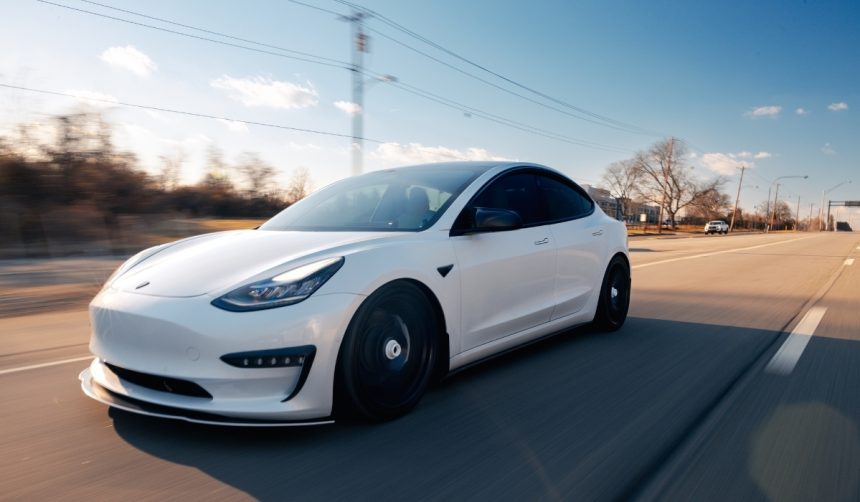Tesla’s newest software update, version 14.1.2, has introduced a fresh and dynamic driving mode to its Full Self-Driving (FSD) suite. Dubbed “Mad Max,” the profile allows vehicles, including the latest Model Y, to navigate roads with greater speed and more assertive lane changes than previous settings. This update was initially released to users in the Early Access Program, sparking widespread interest among both current owners and industry watchers. The anticipation surrounding the new feature illustrates drivers’ continued curiosity about how autonomy can adjust to different user preferences, especially for those seeking a faster travel pace. Future software developments may further diversify the range of selectable driving behaviors for Tesla users.
Tesla’s approach to introducing speed profiles has evolved. Earlier coverage often focused on features like Smart Summon and suggestions that “Banish” would debut, enabling cars to autonomously park after drop-off. While hints about “Mad Max” mode have surfaced before, especially in CEO Elon Musk’s public statements as early as 2018, direct integration as an official FSD speed setting had not materialized until now. Until this release, options like “Hurry” prevailed as the most assertive driving choices, and actual deployment of even bolder settings remained limited despite lengthy testing and speculation.
What Sets Mad Max Mode Apart?
With “Mad Max,” Tesla drivers now have access to a speed profile characterized by increased driving assertiveness. The company’s release notes describe the mode as offering “higher speeds and more frequent lane changes than Hurry.” Such features might appeal to users who commute through dense urban traffic, historically known for requiring rapid adaptation and quick lane maneuvers. It marks a step toward enabling the Full Self-Driving system to reflect a broader spectrum of real-world driving habits.
How Did Tesla Introduce This Update?
The announcement was made by Tesla’s Head of AI, Ashok Elluswamy, who confirmed the rollout on social media and noted the anticipation surrounding this addition.
“FSD v14.1.2, going to early access today, will debut a much awaited feature,”
Elluswamy wrote, suggesting that the feature was highly requested within the Tesla community. The accessible tone and use of race car imagery further added to the sense of excitement among enthusiasts prior to the detailed release notes being published.
Will This Affect How Drivers Use Full Self-Driving?
Yes, user behavior may shift. Tesla’s expanding profiles give drivers more flexibility in matching FSD operation to their individual comfort or urgency levels. However, increased assertiveness in a semi-autonomous vehicle also raises discussions about the balance between efficiency and safety. CEO Elon Musk previously linked “Mad Max” mode to scenarios like Los Angeles freeways, where traditional driving styles may clash with local realities.
“This may be too meek for places like the LA Freeway…”
Musk remarked in 2019, noting the variability in regional driving conditions that could make such profiles more or less useful.
Tesla’s decision to intensify its available FSD driving modes comes after several years of incremental adjustments and public speculation. For drivers and industry analysts, the arrival of “Mad Max” mode offers a concrete example of Tesla’s ongoing efforts to tailor automation features to diverse driving contexts. While some expect further customization and automation in future updates, questions remain around regulatory scrutiny, real-world scenarios where assertive modes are safest, and the potential impact on user adoption rates. Ultimately, the significance of incremental changes like “Mad Max” lies in their contribution to broader conversations about trust, flexibility, and adaptability in semi-autonomous vehicles. Drivers considering these advanced profiles should recognize the importance of understanding both the capabilities and limits of current FSD technology—not only for convenience, but for safety and compliance with traffic regulations.
- Mad Max mode increases speed and lane changes in Tesla’s FSD software update.
- The update builds on previous assertive profiles, enhancing customization for users.
- Questions around safety and regulatory adaptation remain as new features launch.










